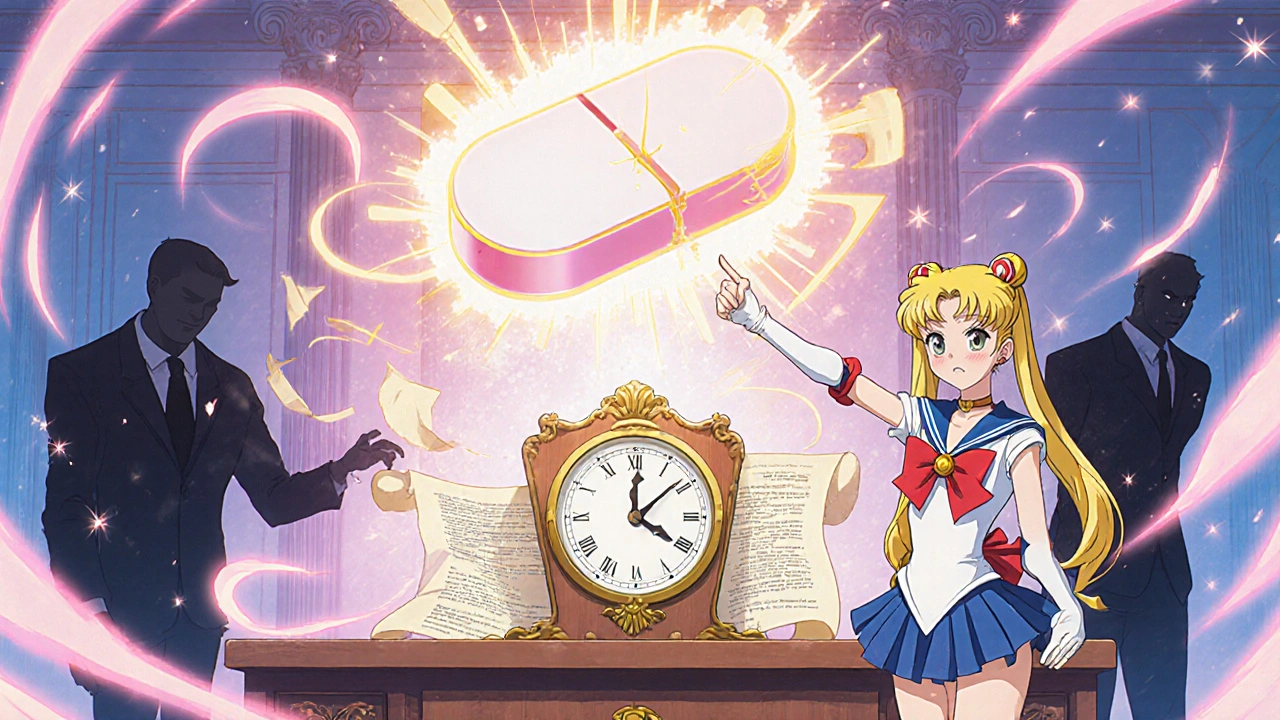180-Day Exclusivity: What It Means for Drug Prices and Generic Access
When a brand-name drug’s patent runs out, the 180-day exclusivity, a legal incentive granted by the FDA to the first generic manufacturer to challenge a patent and win. It’s not a patent extension—it’s a reward for taking legal risk. This 180-day window lets that one generic company sell its version without competition, even before other generics can enter. That’s why you might see a sudden drop in price for a drug, then a second drop months later when others finally join the market.
This rule was designed to encourage companies to challenge expensive or overprotected patents. Without it, few would risk costly lawsuits against big pharma. But it also creates a strange market dynamic: the first generic often charges less than the brand but more than later generics. That’s because they have a monopoly for half a year. Meanwhile, patients and insurers wait—sometimes for months—for the lowest possible price. The FDA approval, the official green light from the U.S. Food and Drug Administration for a drug to be sold doesn’t end the wait; the clock only starts ticking once the first generic actually launches. And if the company delays production or faces supply issues, the clock doesn’t move.
It’s not just about price. drug patents, legal protections that give brand-name makers exclusive rights to sell a drug for a set time are often stretched through minor tweaks—new dosages, new delivery methods, new combinations. These are called "evergreening" tactics. The 180-day exclusivity rule is one of the few tools that lets generics push back. But it only works if someone files the challenge. Many patents go unchallenged simply because the cost outweighs the potential reward.
When a generic wins exclusivity, it doesn’t mean the drug suddenly becomes cheap. It means the path to cheapness opens. The first generic might charge $50 a month. Two months later, when the exclusivity ends, five others show up—and the price drops to $10. That’s how competition works. But if the first generic company doesn’t launch, or if they sell the exclusivity rights to another company (which happens), the whole system stalls. Patients stay paying brand prices longer. Pharmacists can’t switch prescriptions. Doctors wonder why the cheaper option isn’t available.
That’s why you’ll see articles here about drugs like losartan, finasteride, and minoxidil—all of which have gone through this process. You’ll find posts explaining how pharmaceutical competition, the market dynamic where multiple manufacturers offer the same drug, driving down prices and increasing access plays out in real time. Some posts show how patients saved hundreds by waiting for the second wave of generics. Others warn about delays caused by legal battles or manufacturing shortages. You’ll see how this rule affects everything from blood pressure meds to hair loss treatments—and why your next prescription might cost less than you think, if you know when to ask for it.
Below, you’ll find real-world examples of how 180-day exclusivity shaped access to medications—what worked, what didn’t, and how patients and providers navigated the gaps. This isn’t theory. It’s what happens in pharmacies, clinics, and patient wallets every day.
